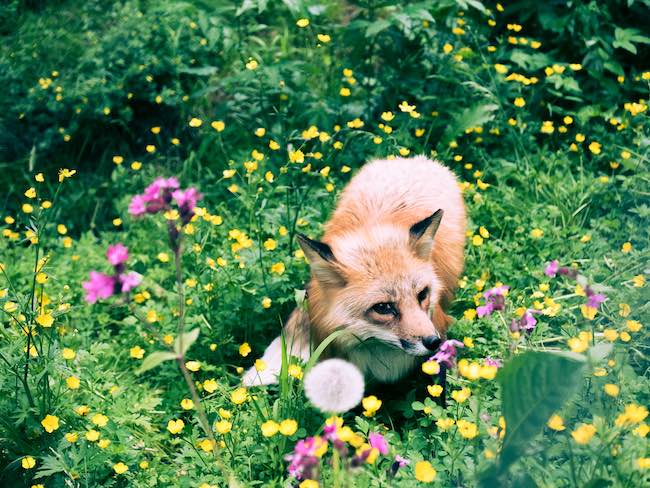How to create a wildlife garden

Creating a wildlife garden can be one of the most rewarding gardening projects you can undertake
Creating a wildlife garden is a great way to provide food, shelter, and breeding sites for a variety of wildlife species, and can also add beauty and interest to your yard. Here are some tips for creating a wildlife garden:
- Provide food: Plant native plants that will provide food for wildlife. For example, wildflowers provide nectar for butterflies and bees, and berry-producing shrubs and trees will attract birds and mammals.
- Create shelter: Create areas of dense vegetation and structures like brush piles, rock piles, and nest boxes to provide shelter for wildlife.
- Provide water: Install a birdbath, pond, or other water feature to provide drinking and bathing water for wildlife.
- Provide breeding sites: Provide specific habitats for wildlife breeding. For example, create a small wetland area to attract frogs and dragonflies, or a wildflower meadow to attract butterflies.
- Use pesticide-free: Avoid using pesticides or other chemicals in your wildlife garden, as they can be harmful to the wildlife you’re trying to attract.
- Plan for different seasons: While planning for different seasons include deciduous and evergreen plant species for providing food, shelter, and breeding sites for different times of year, as well as different life cycles.
- Monitor and Enjoy: Regularly monitoring your garden will help you identify what species are using your garden and how they are using it. Watching wildlife in your garden can be a great source of enjoyment and can help you appreciate the natural world around you.
For further information and advice on creating your own wildlife garden consult the GardenAdvice gardening experts





















